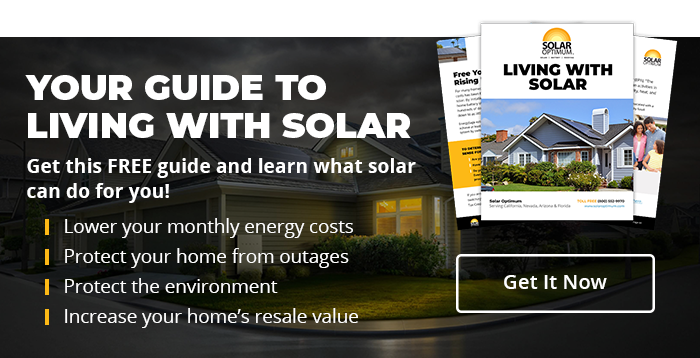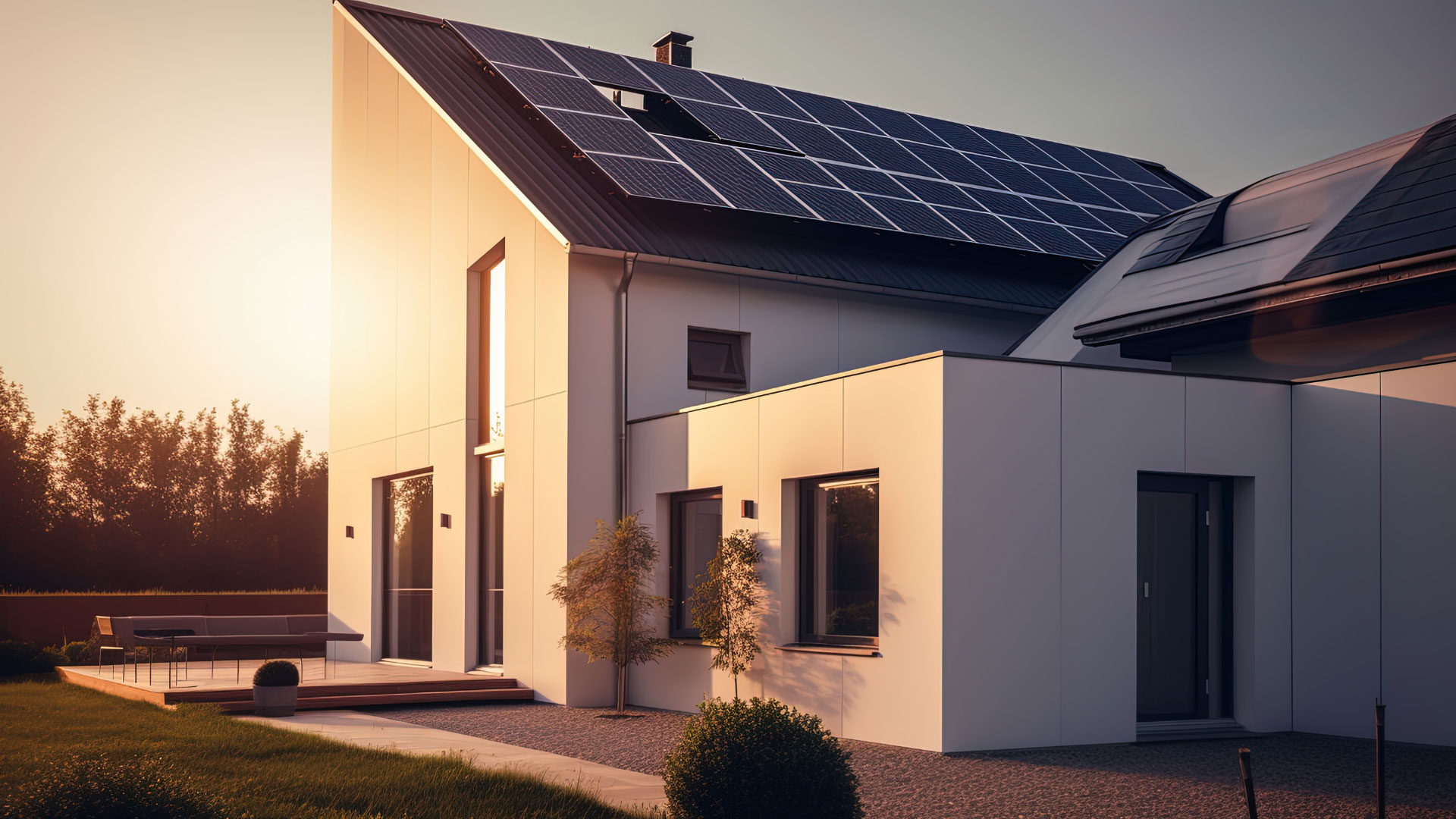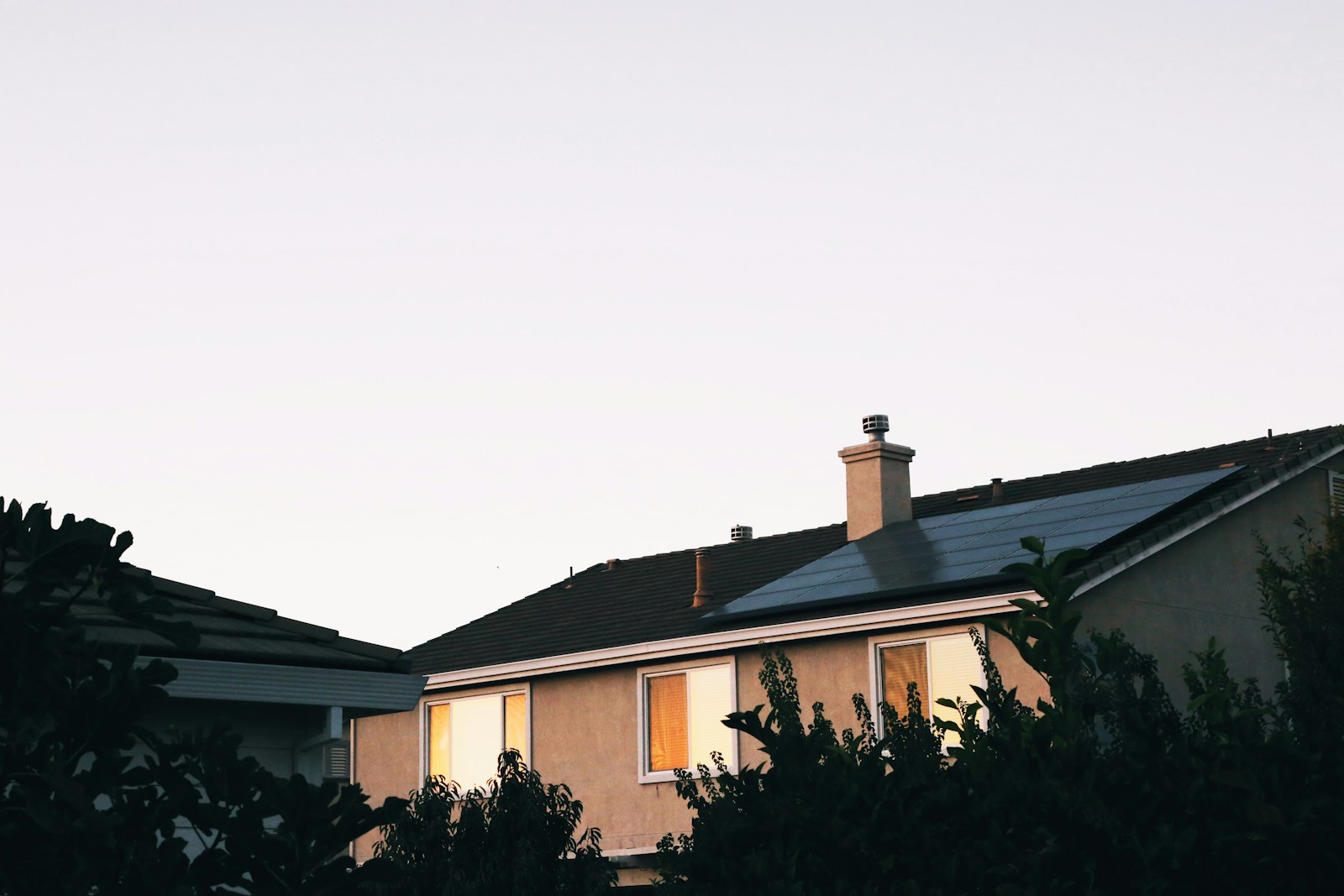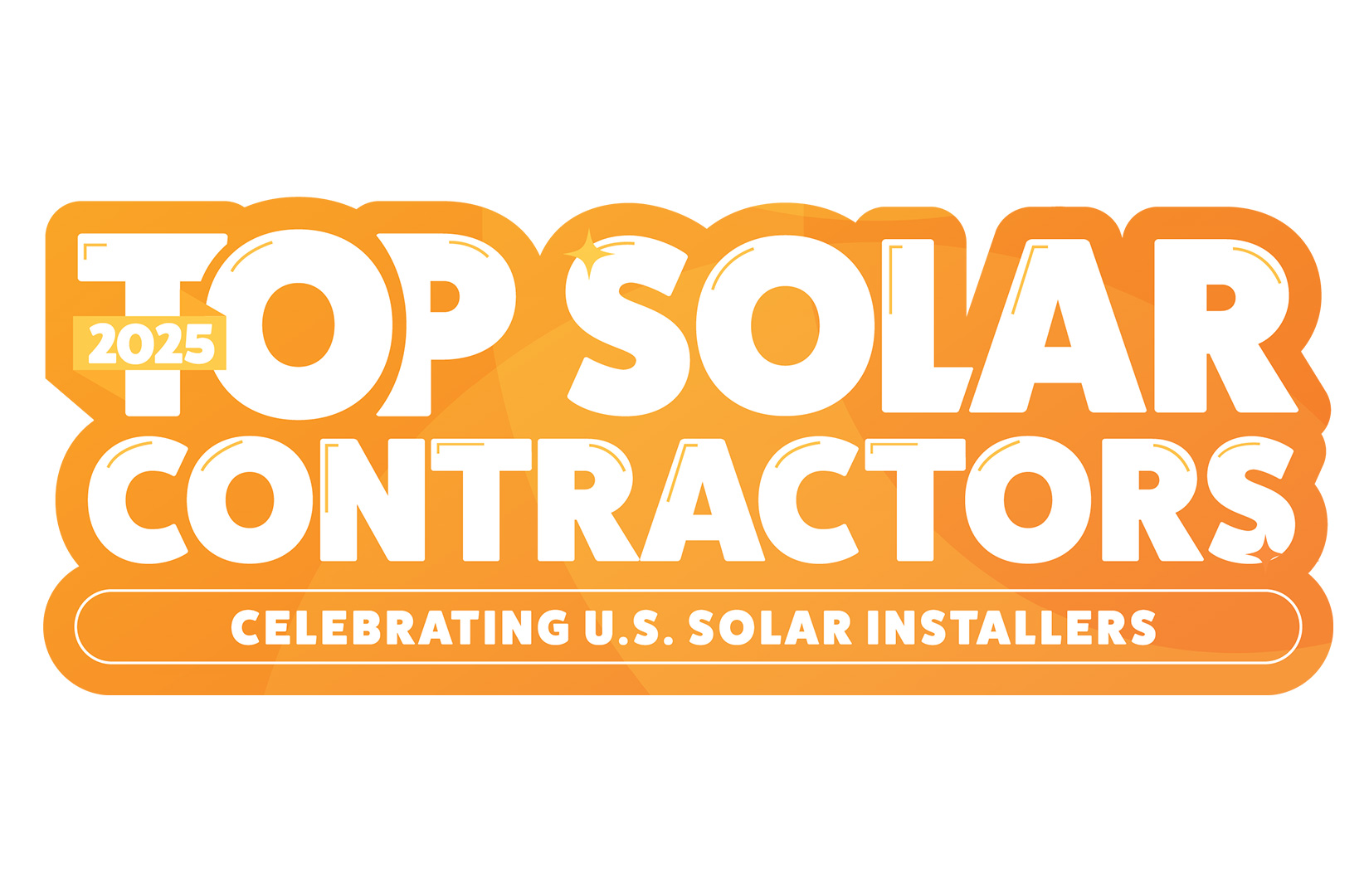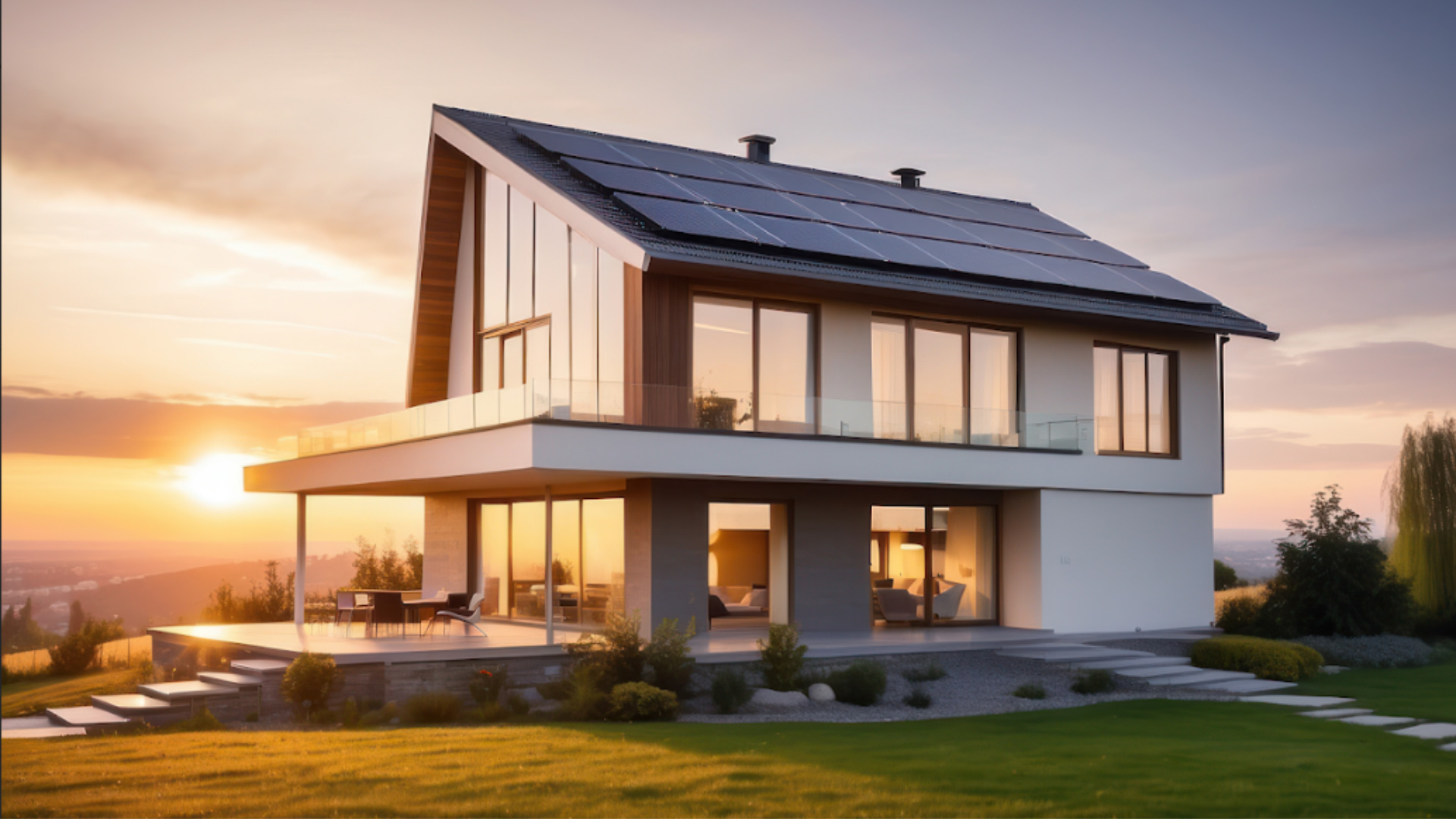Nevada ranks 6th in the country for solar conversions, with sufficient solar power installed to serve more than one million homes. If you are contemplating switching to solar energy in Nevada, you may be wondering how big should your solar system be. The answer to this question depends on several factors.
Average Size for Solar System in Nevada
The average size of a solar system in Nevada is 10 kilowatts. This will cost you roughly $30,000 before deducting the solar Investment Tax Credit. Nevada gets a lot of sunlight, so systems don’t have to be that big. The abundant sunshine, the low risk for extreme weather and the lower cost of solar panels explain why the state is spearheading the way for solar energy in the country.
How Big Should Your Solar System Be in Nevada?
When it comes to choosing the right PV system for your needs, one of the most important factors to consider is the size. Here are the top factors that affect the size of solar panels for your household:
Your Household Consumption and Future Needs
Solar power can meet all your household needs should you decide to go off-grid. However, you will have to invest in a very powerful PV system to meet all your power demands. Alternatively, you can use solar power as a supplement to the supply from the main grid. You will need to install more panels if your energy consumption is expected to go up in the future.
How Many Hours of Sunlight You Get in Your Area
Nevada is one of the top-ranked states for solar energy because of its high average peak hours a day. Before installing your solar system, you should consider the peak sun hours in your neighborhood to determine the size of your solar system. Peak sun hours in a day represent the number of hours when the intensity of the sun reaches 1,000 watts/meter². There are many online calculators to help you find the number of peak hours in your area to determine if a solar system is a worthwhile investment.
Panel Level of Performance
Most solar systems generate between 250 and 450 watts of power. Choosing a high-wattage PV system will reduce the number of panels you need to meet your home’s energy demands. However, keep in mind that high-performing panels come with a higher price tag.
What’s the 120% Rule?
To uphold its mandate of protecting life and property from electric accidents, the National Electrical Code (NEC) established different chapters, including the 120% rule. This is a national rule that dictates that the size of the solar system you could install should be 120% of your last 12 months’ kilowatt-hour usage. According to this rule, the total amperage of your grid electricity and solar power should not be more than 120% of the rated capacity of your Main Service Panel. The 120% rule ensures that the use of surplus solar energy does not pose a safety hazard that could cause a fire.
Discover How To Size Your Solar System With Solar Optimum
As a Nevada homeowner, it’s always easier to talk to a professional who can size a solar system and take you through the design process. Solar Optimum is an industry leader in all things solar and will help you make the best decision. We serve Clark County and the Greater Las Vegas area. Contact us for expert advice on what size solar system to get for your home, or download our Ultimate Guide to Going Solar.
